Advice
Other ways to fundraise
Run, walk, cycle, bake or sell for nature. Whether you're a hare or a tortoise we'd love you to support the RSPB as you ...
Late summer is here, bringing with it some top nature spectacles. Here’s our pick...
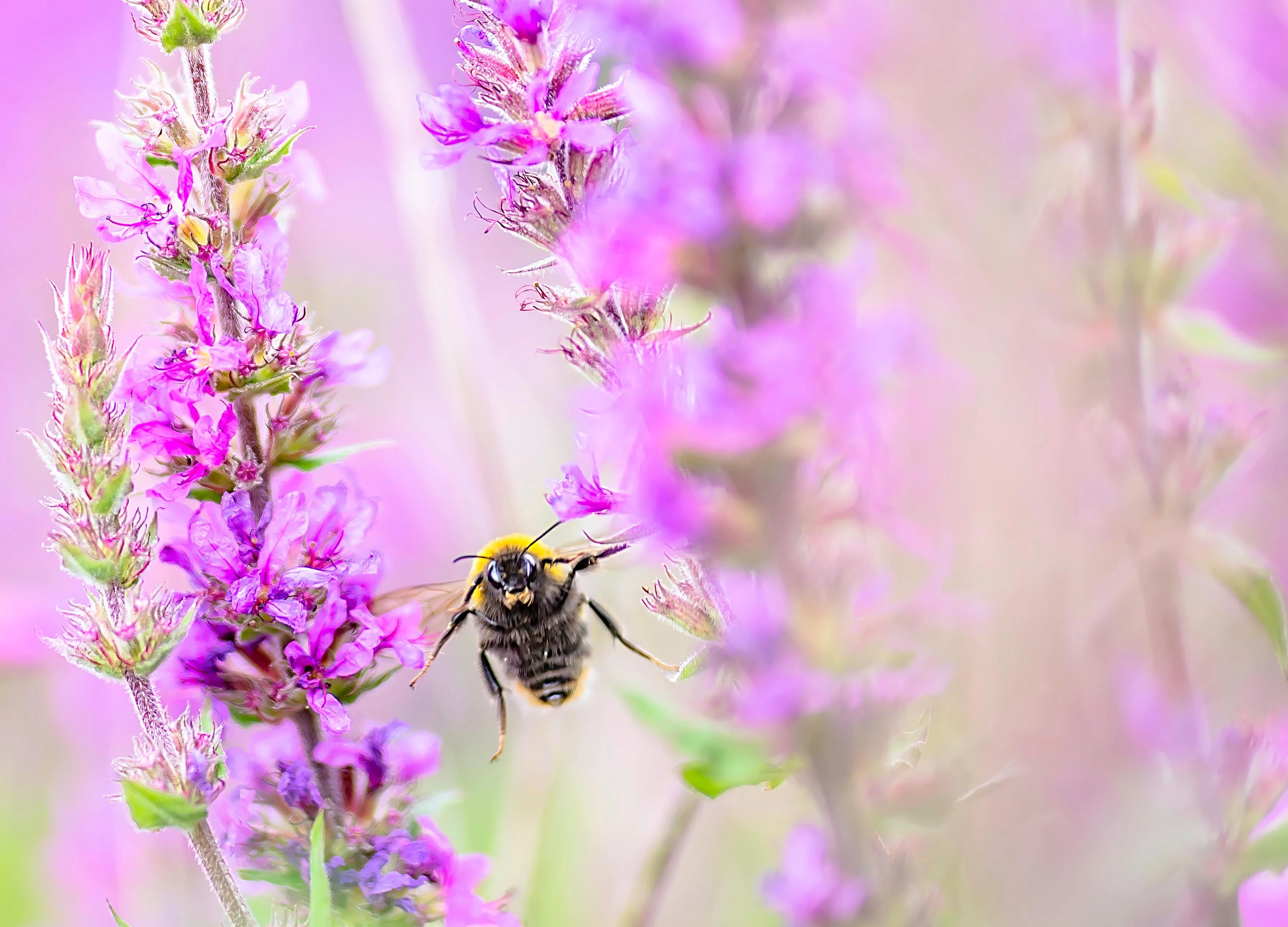
August is a great month to spot House Martins swooping after insects on the wing. These summer visitors are now well into their breeding season, with each pair raising up to three broods.
The juveniles will remain close to the nest site after taking flight and will often continue to roost in the nest for several weeks. Fledged young from the first brood sometimes give their parents a hand feeding new chicks.
House Martins will nest in small colonies where they can, with nests usually occupied from one year to the next, although rarely by the same two birds. Males often return to the colony they fledged from or close by, while females tend to settle several kilometres away.
Sadly, House Martins are becoming a much scarcer sight in the UK, with numbers declining by 57% between 1969 and 2018.
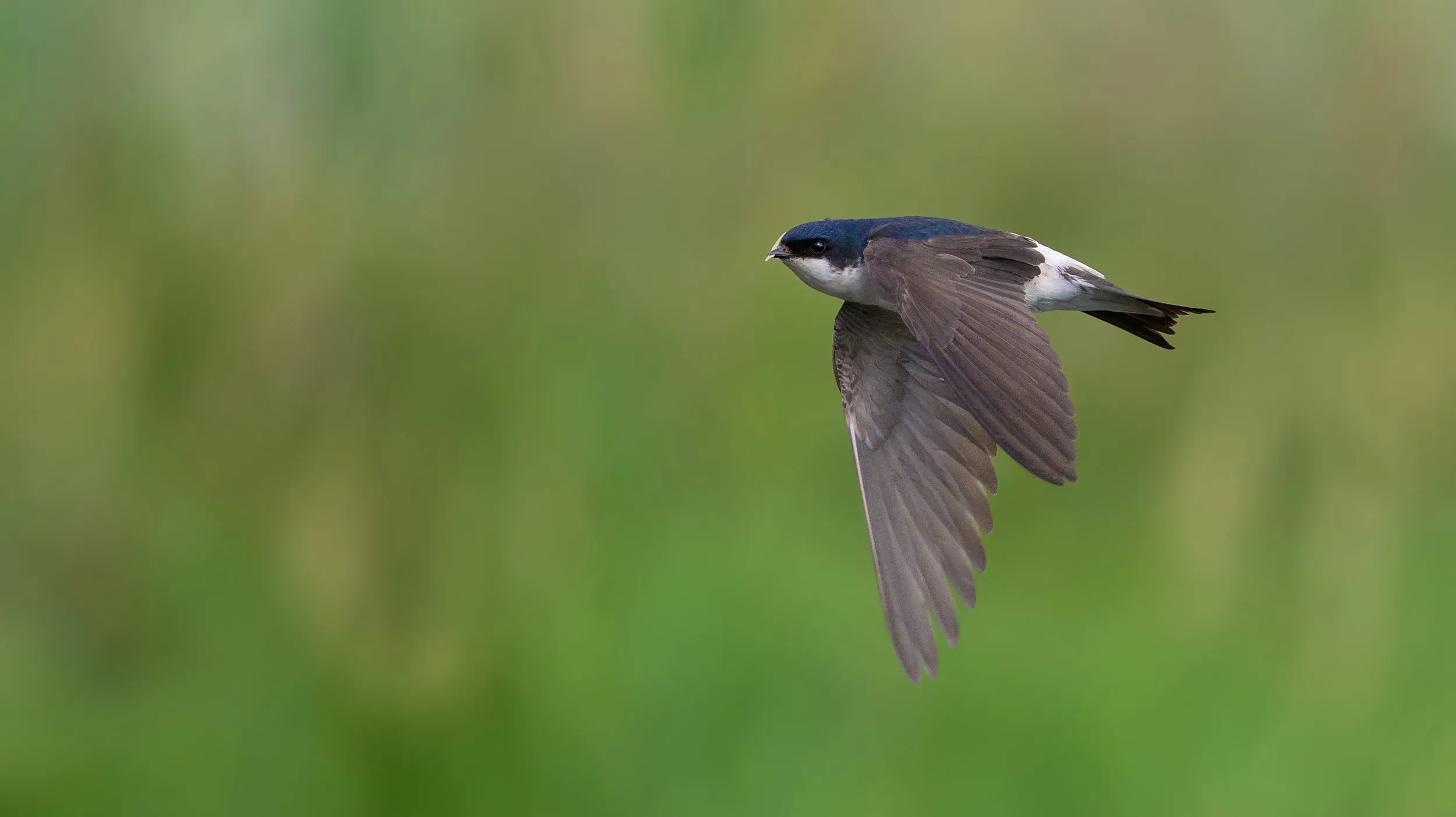
The UK’s largest woodpecker is a lean green machine with a short tail, a red cap and a strong, long bill. They’re largely ground feeders, looking for bugs and grubs to eat, especially ants. They use their bill to break into their colonies, sucking them up with their long sticky tongues.
August is a good month to spot parents out with the fledglings on the hunt. Look out for them in short grassland habitats, parks and gardens – a giveaway can be their unique laughing flight call.
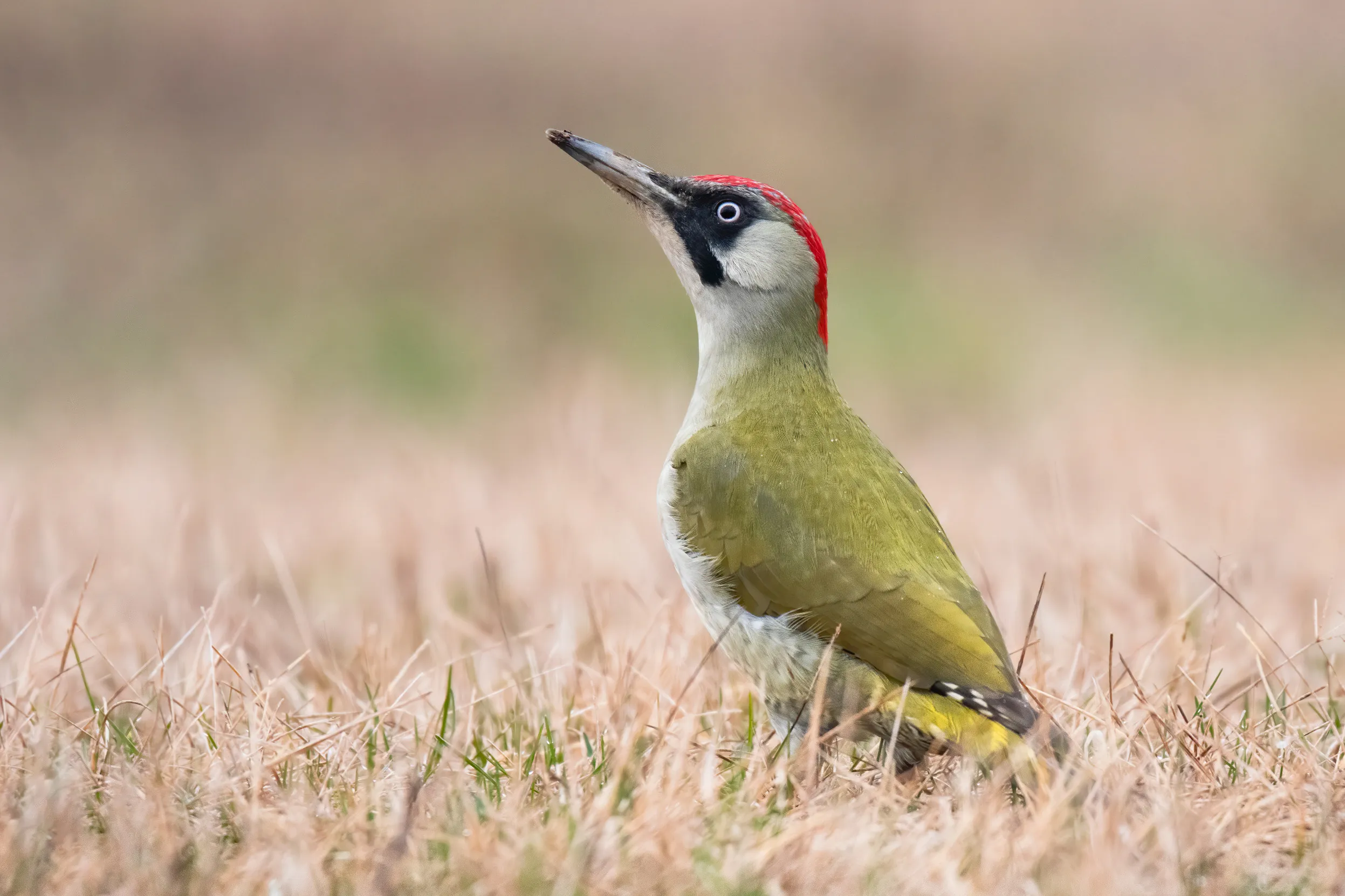
Fast and fabulous, these Kestrel-sized birds look a little like a giant Swift with their long, pointed wings. The summer visitors are usually seen over heathland, woodland and wetlands where the insects they like to eat are most abundant. This includes dragonflies and a good place to see them in mid-summer is anywhere in England and Wales where these appear in large numbers. This includes RSPB nature reserves such as Arne, The Lodge, Minsmere and Lakenheath Fen.
But they don’t just eat insects. Their rapid acceleration and high-speed manoeuvres mean they have the skills to catch martins and Swallows, grabbing them on the wing with their talons.
Fun fact – The Latin name for the Hobby is Falco subbuteo – from which the table football game Subbuteo got its name.
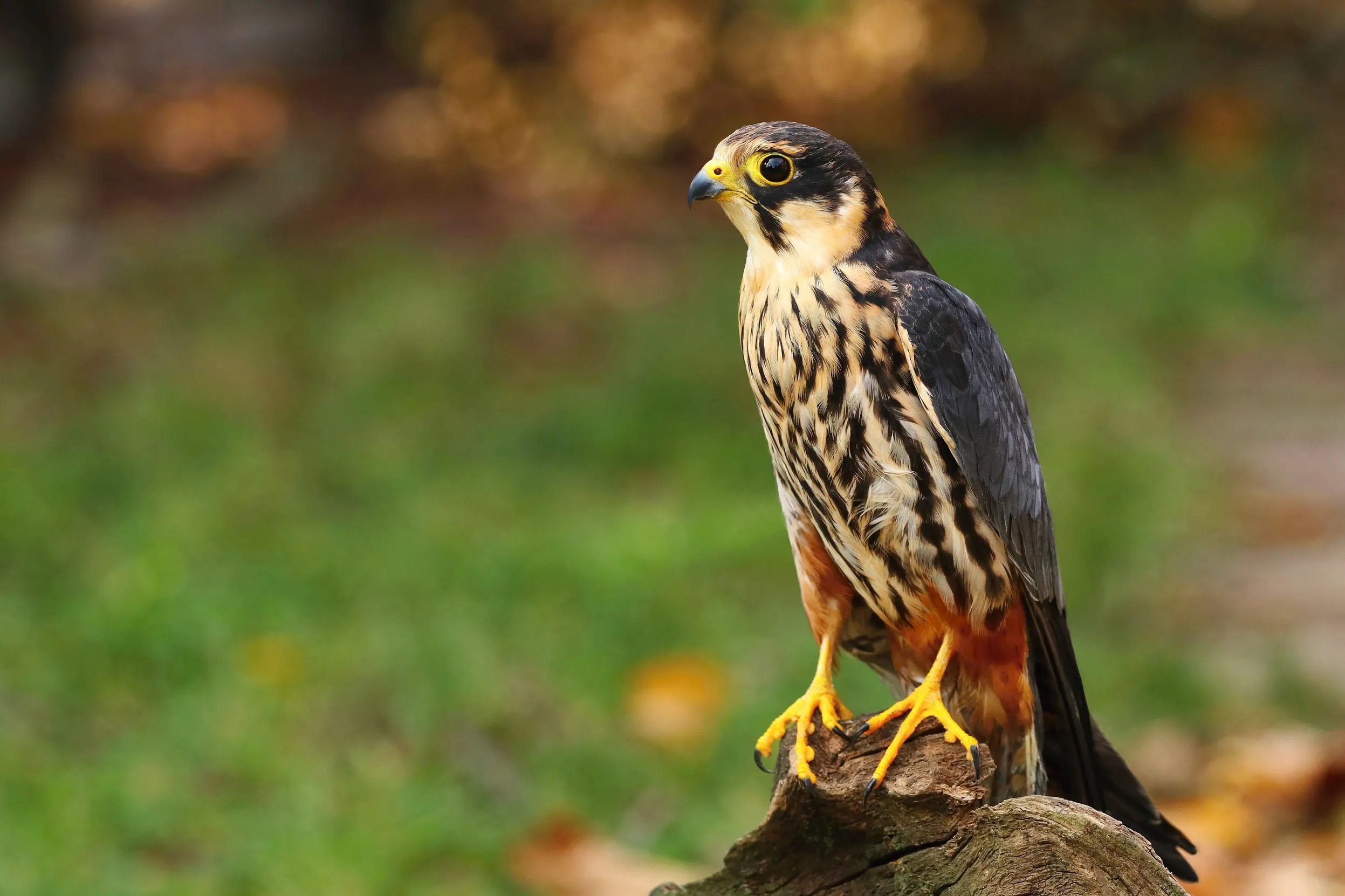
Rock pools are great places to explore at any time of year, but the late summer warmth makes them even more inviting.
As the tide retreats, these pools near the shore become a refuge for many different creatures to try and spot. You might see swaying sea anemones, skittish shrimps or maybe a shy hermit crab, cautiously popping out of its shell. Green Shore Crabs are often lurking in seaweed, while whelks, periwinkles, limpets and mussels can be seen often clinging to rocks. If you’re lucky you might see larger creatures like starfish or even a lobster.
Always put any creature you find back where you found it. Here’s our guide on how to rock pool responsibly.
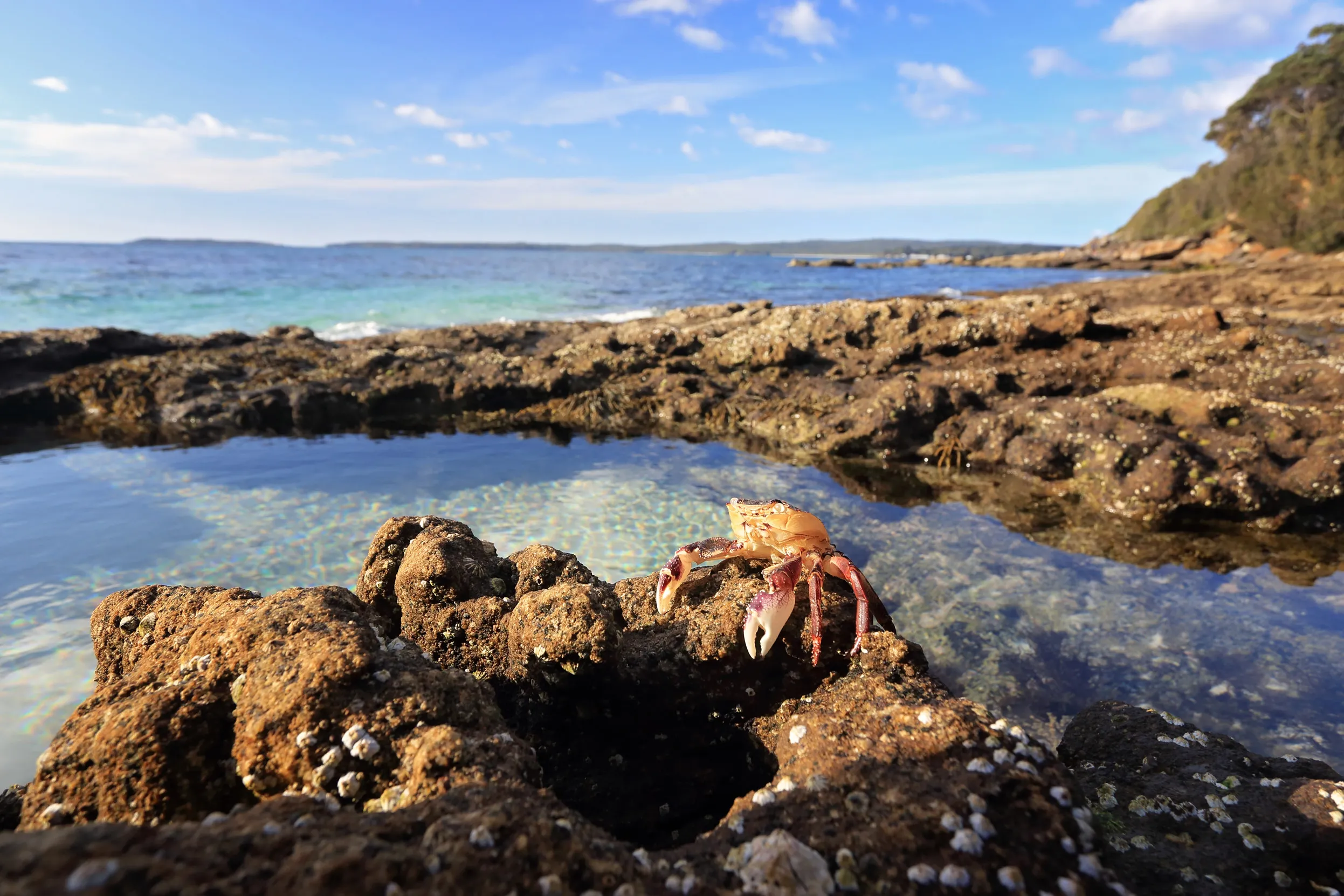
Heather’s tiny flowers will begin to appear in mid-to-late August, turning bogs, heathlands and moorlands into a sea of pink and purple. As well giving us a great spectacle, it’s also incredibly beneficial for many insects such as bees, who flock to the flowers for nectar, as many other wildflowers are beginning to fade.
There are three types of heather which are usually found in the UK, Common Heather (or Ling), Bell Heather and Cross-leaved Heath, all preferring acidic soils. They’re often seen all mingled together, forming what seems like an impenetrable carpet of woody plants. But within this, the heather creates a range of habitats, such as bare soil which is great for basking insects and reptiles like Adders, as well as different levels of heather which provide shelter and a safe space for ground-nesting birds. Later in the year heather seeds are a good food source for birds, while deer munch on new growth in spring.
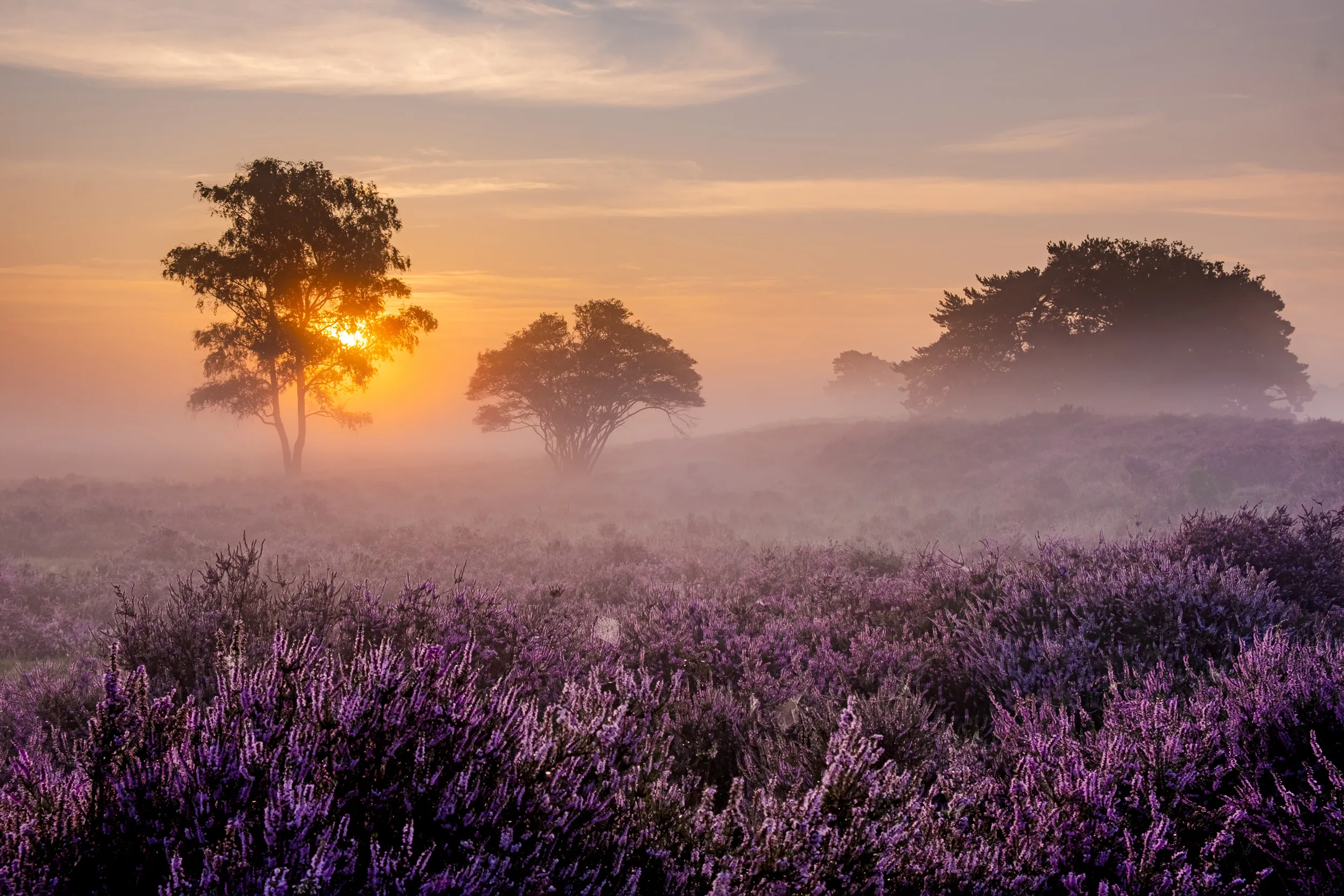
When the sun’s out, green tigers are on the prowl. These super-fast predators can be seen on sunny patches of bare earth on heathland, moorland, sandy grasslands and sand dunes. But they’re also seen in urban places, such as old industrial areas. They choose to live in these places as the bare earth warms up quicker, meaning they do too. This makes them faster and more agile on the hunt.
With their big eyes, long legs and ferocious jaws, the Green Tiger Beetle uses its speed to catch many different minibeasts such as spiders, caterpillars and ants. Their young are just as fearsome, with the larvae living in small sandy burrows which unsuspecting creatures fall into. When they do the larvae strikes, grabbing its prey with its strong jaws.

August might feel like peak summertime for us, but for many birds, autumn migration has well and truly kicked off. This is true for many arctic waders who'll be stopping by at wetlands in the UK to refuel for the potentially long journey ahead.
Some of our nature reserves are great places to see them, including: